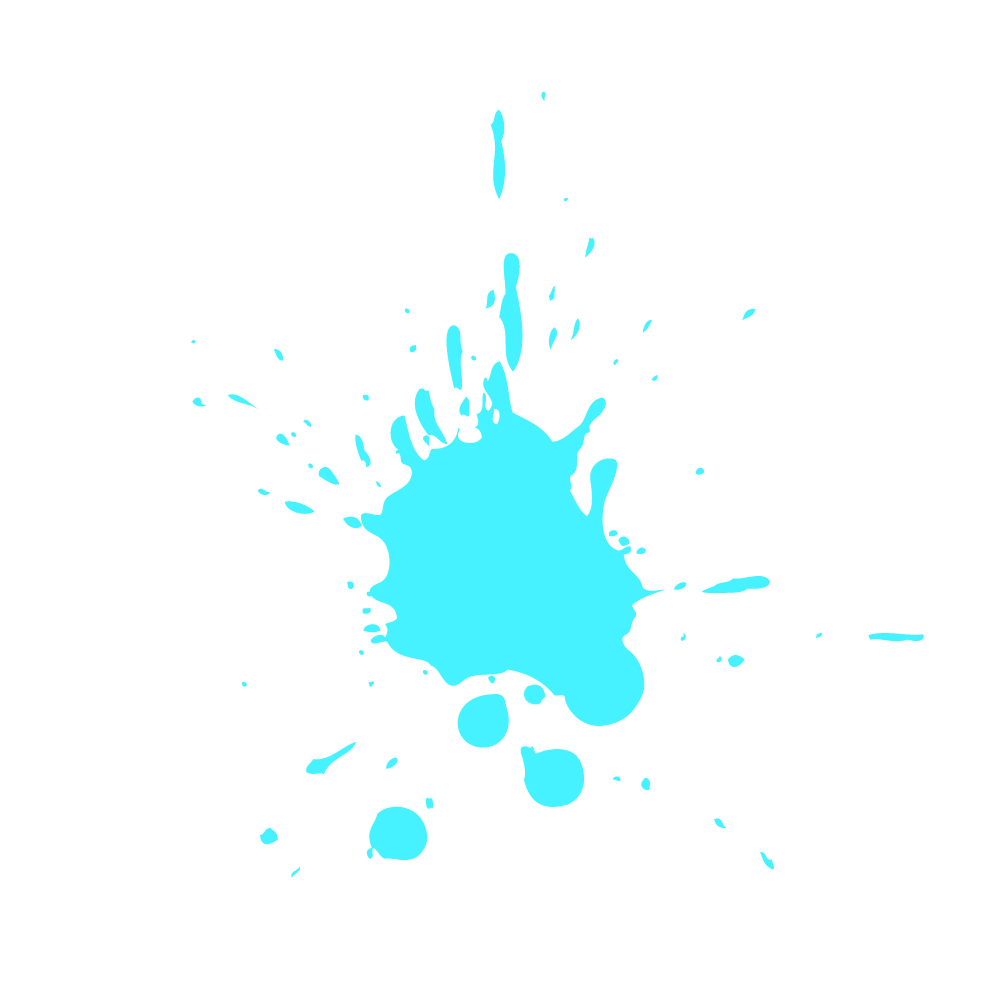As posted on Quartz at Work.
[Image Credit: Reuters/FredThornhill]
What are your biggest barriers to innovation? Usually, it’s rules—and not just any rules, but sacred rules: those norms and processes in your business that you’d love to kill but just can’t. Every company has them.
As an innovation consultant, I regularly work with clients of all stripes. No matter the organization or industry, I can always count on at least one person to chime in with some version of: “Oh, we could never do that here. We have rules to follow.”
But many rules are self-imposed, and even sacred ones can be killed. A simple question will help you dismantle them. It begins with the phrase “what if,” and it’s the culmination of a simple, three-step ideation process that makes innovation possible—even in the most rigid of companies and industries.
A new way of thinking
The last 10 of my 25 years at Disney were spent as the company’s vice president of innovation and creativity. In this role, I unpacked old ways of thinking and reimagined processes for anything that could be revamped. After recognizing that one of the biggest barriers to visiting Disney parks was long lines, my team asked a strikingly simple question: What if there were no lines at all?
We then pored over the pain points for our guests and questioned further: What if there were no check-in desks at resort hotels? No turnstiles at park entrances? No need to stand in line for favorite attractions, character meet and greets, or to pay for merchandise and food? This audacious use of “what if?” gave rise to the concept of Disney’s RFID MagicBands, which eventually resulted in record guest satisfaction and revenues.
Fresh ideas and approaches are what set the company apart and create the memories fans carry with them for a lifetime. At Disney, I found that having time to think is crucial for innovation. Yet, our “always on” culture has made it nearly impossible for most people to carve out the precious time they need to open up their minds to ideation and creative thinking.
Our “rivers of thinking” represent another obstacle. The further along in our careers we go, the more expertise we develop. Although many might view this as a good thing, it becomes a problem when it comes to finding new ideas. More experience makes it easier to find reasons why something “won’t work.” Soon enough, new, innovative ideas aren’t given the time of day. They’re shut down almost as soon as they’re raised.
How to ask “what if?”: An exercise in three steps
Asking “what if” provides a method of overcoming our own rivers of thinking. How? By challenging the conventional rules within our businesses and industries. Although simple to execute, it has been used by countless visionaries to create amazing innovations. If you think through some of the most brilliant business ideas of the last few years or decades, it’s clear all of them challenged a particular industry or societal rule, essentially by using the what-if tool:
Spotify: What if I didn’t have to own my music collection?
Uber: What if every car could be a cab?
Peloton: What if I didn’t need to leave my house to take a fitness class?
Netflix: What if I didn’t have to rush videos back to the store or risk paying late fees?
You get the idea. By challenging a core rule stemming from a collective river of thinking within an industry, these incredible ideas and companies were able to disrupt almost everything. To do the same at your own organization, you can implement the what-if method in three steps.
Step 1: List all the rules
The first step in the process involves listing all the rules that currently exist in the area you wish to dispute. These should not be generalizations or assumptions, but facts. To build a full list of rules, it helps to think through the entire process you’re challenging from start to finish. By thinking through an entire process, you’re able to identify each unique rule and pick one to experiment with—which leads us to the next step.
Step 2: Pick a rule to break
Take one rule and ask: “What if?” Your team will develop more dynamic ideas when you poke and prod at that rule. At this stage, you shouldn’t know how your rule should be broken—and that’s a good sign. If you already know how to break a rule, your solution will be an iteration instead of an innovation. Determining how to break the rule comes during the final step of the what-if process.
Step 3: Imagine if…
This step requires you to challenge your river of thinking and imagine all the changes and scenarios that would occur if you were, in fact, able to break one particular rule. Discuss the various ways in which this rule can be eliminated and imagine what life would be like without it.
When bringing that concept to life, it might help to bring a sketch pad. One of the most important lessons I took away from my years at Disney was the art of the storyboard. I always sketch out my ideas to help visual learners get on board and bring others along on the journey with me. Besides this, remember that not everyone thinks and absorbs information in the same way. To appeal to your audience, take a more holistic approach by integrating visual, auditory, and kinesthetic cues.
Breaking the organizational mold
Now, I said this process would be simple, but understand that a proper what-if process isn’t easy. Most companies have decades’ worth of status quos and quarterly metric-chasing embedded within. Those things will be incredibly difficult for you and your team to overcome at first.
But like anything else, practice makes using the what-if method more comfortable. So, make using it a habit. Lead your teams through the what-if exercise over and over again. Do this often, and it won’t be long before you find yourself consistently developing disruptive, innovative ideas to explore and work through—all from asking: “What if?”




